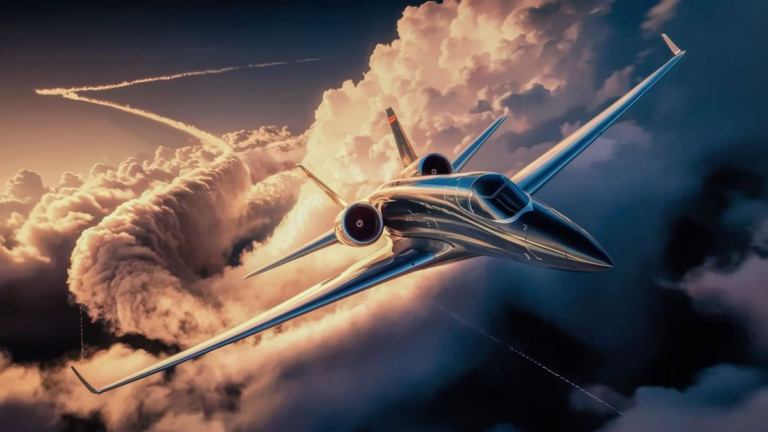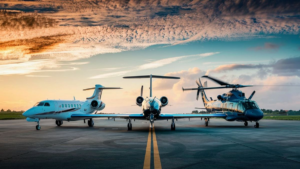When it comes to the marvels of modern aviation, the question that often captivates minds is, “How fast can a plane fly?” The pursuit of speed in the aerospace industry has led to the development of incredible machines capable of reaching astonishing velocities, pushing the boundaries of what was once considered impossible.
Understanding the speed capabilities of airplanes involves delving into various factors, from the design and engineering of the aircraft to the propulsion systems that propel them through the skies. Let’s explore the fascinating world of aircraft speed and the technological advancements that have shaped it.
The Need for Speed in Aviation
Speed in aviation is not just a matter of breaking records; it is integral to the efficiency and functionality of aircraft. High-speed capabilities enable quicker travel times, making air transportation more time-efficient and appealing to passengers. Moreover, military aircraft often prioritize speed for strategic advantages and rapid response capabilities.
Supersonic and Hypersonic Travel
One realm of aircraft speed that captures the imagination is supersonic and hypersonic travel. Supersonic aircraft can exceed the speed of sound, while hypersonic vehicles push beyond five times the speed of sound. The iconic Concorde, which operated from 1976 to 2003, remains a symbol of supersonic travel. In recent years, there have been renewed efforts to develop commercial hypersonic flights, promising unprecedented speeds for future air travel.
Fastest Planes in the World
Highlighting the quest for speed, various aircraft have etched their names in history as the fastest planes ever built. The North American X-15, an experimental aircraft, holds the title for the fastest speed ever recorded by a manned aircraft, reaching a staggering Mach 6.7 (more than six times the speed of sound). The Lockheed SR-71 Blackbird, renowned for its reconnaissance missions, also ranks among the fastest planes, capable of flying at Mach 3.3.
Technological Innovations Driving Speed
Advancements in aviation technology continue to push the boundaries of speed. Aerodynamic enhancements, materials science, and propulsion systems have all played crucial roles in achieving higher speeds while maintaining safety and efficiency. The integration of cutting-edge technologies, such as scramjet engines and advanced composite materials, propels aircraft into new realms of velocity.
Future of High-Speed Aviation
As we look ahead, the future of high-speed aviation holds exciting possibilities. Ongoing research and development efforts focus on overcoming challenges associated with supersonic and hypersonic travel, aiming to make ultra-fast flights more accessible and sustainable. These endeavors promise to revolutionize air travel, opening up new frontiers for exploration and connectivity.
In the dynamic world of aviation, the question of how fast a plane can fly encapsulates the spirit of innovation and progress. From historical milestones to futuristic concepts, the pursuit of speed remains a driving force in shaping the trajectory of aerospace engineering. As technology continues to evolve, the skies are likely to witness even more astonishing feats of speed, redefining our expectations of air travel.
Frequently Asked Questions
Curious minds often have questions about the speed of planes and the fascinating world of aviation. Here are some frequently asked questions to provide deeper insights:
- Q1: What is the significance of speed in aviation?
- Q2: Can you provide examples of supersonic and hypersonic travel?
- Q3: What are some of the fastest planes in the world?
- Q4: How do technological innovations contribute to the speed of planes?
- Q5: What does the future hold for high-speed aviation?
A1: Speed is crucial in aviation for enhancing efficiency, reducing travel times, and providing strategic advantages for military aircraft. It plays a pivotal role in shaping the functionality and appeal of air transportation.
less
C
A2: Supersonic travel involves speeds surpassing the sound barrier, while hypersonic travel exceeds five times the speed of sound. The Concorde, known for supersonic travel, and ongoing efforts in hypersonic flight development showcase these exciting realms of aircraft speed.
A3: Historical and iconic planes like the North American X-15, reaching Mach 6.7, and the Lockheed SR-71 Blackbird, capable of Mach 3.3, stand as testament to the pursuit of speed in aviation history.
A4: Advancements in aerodynamics, materials science, and propulsion systems drive higher speeds while prioritizing safety and efficiency. Technologies like scramjet engines and advanced composites play pivotal roles in achieving and maintaining high velocities.
A5: Ongoing research aims to overcome challenges in supersonic and hypersonic travel, paving the way for more accessible and sustainable ultra-fast flights. The future promises revolutionary changes in air travel, ushering in new possibilities for exploration and global connectivity.
Exploring New Frontiers
While we delve into the history and advancements of aircraft speed, it’s essential to recognize the constant exploration of new frontiers in aviation. Emerging technologies, collaborative efforts, and the ever-evolving landscape of aeronautics ensure that the quest for speed will continue to shape the skies in ways we can only imagine.
See also:






